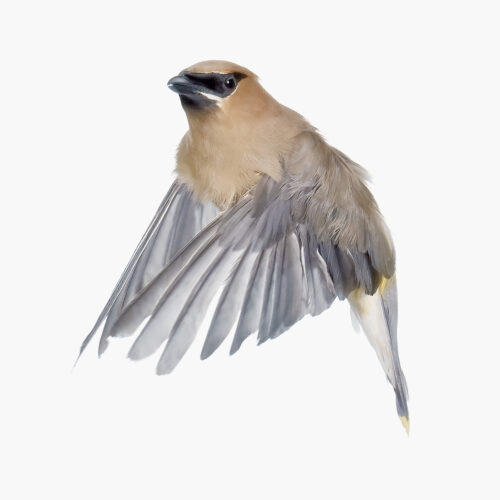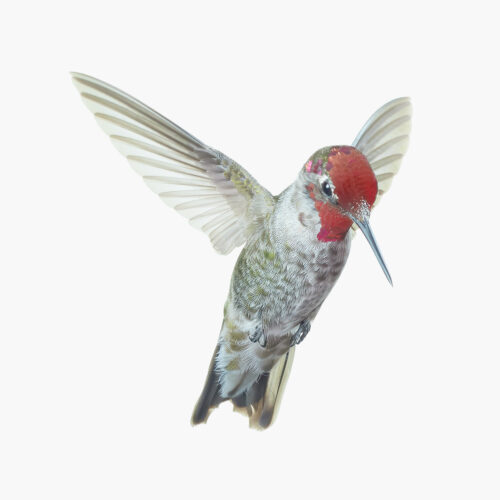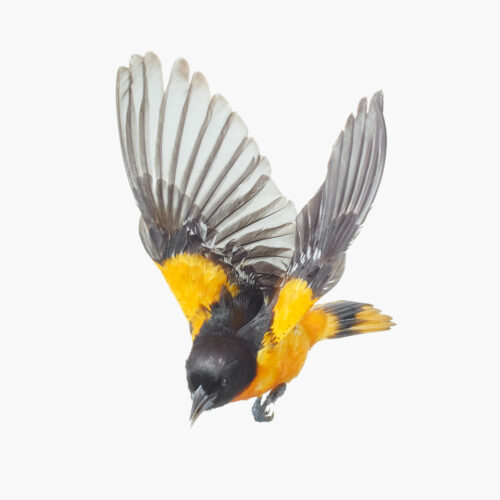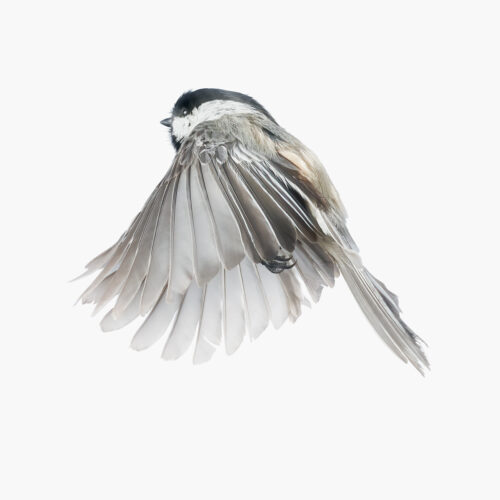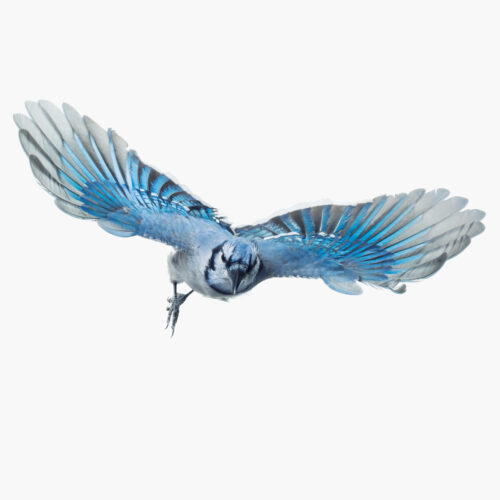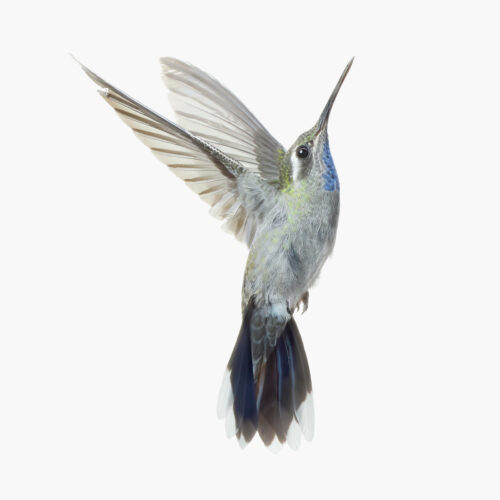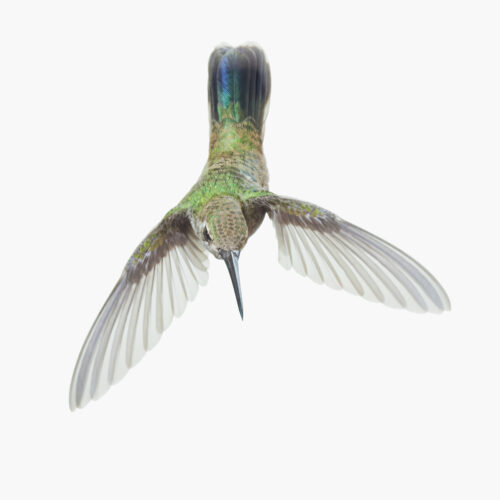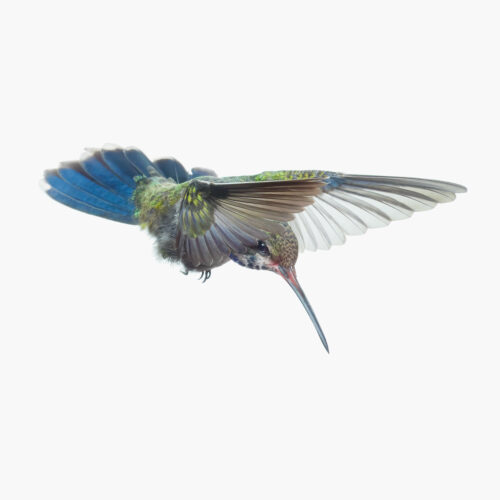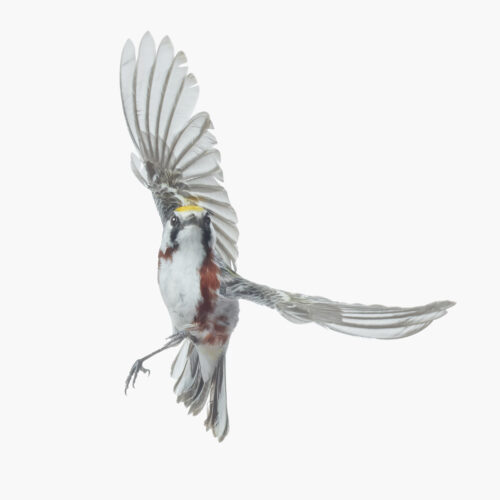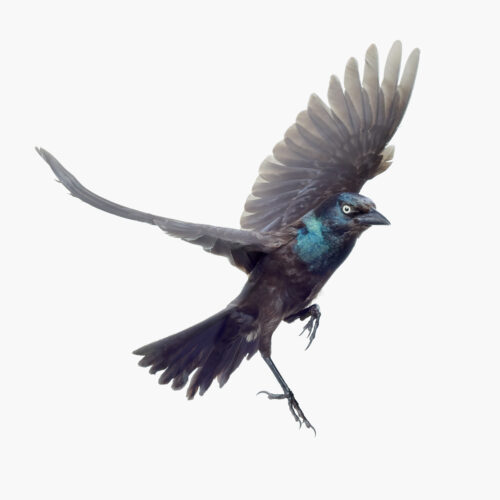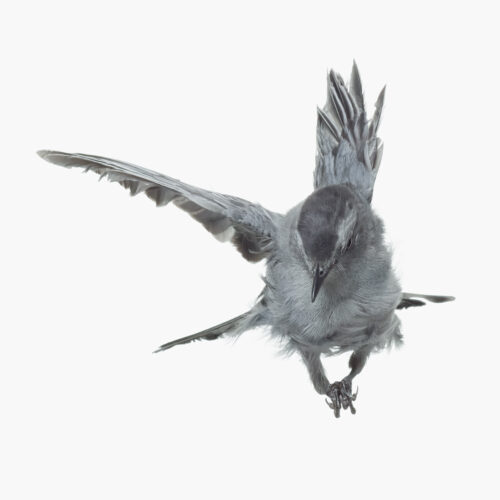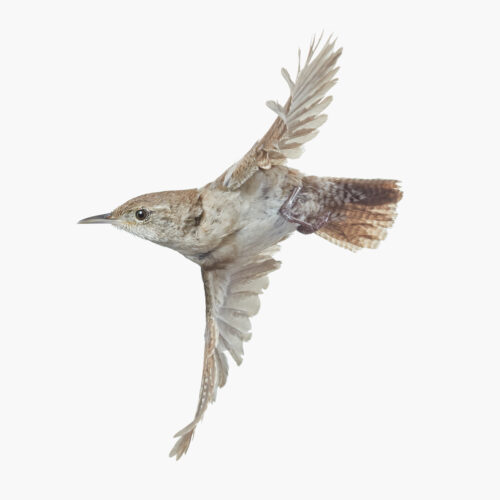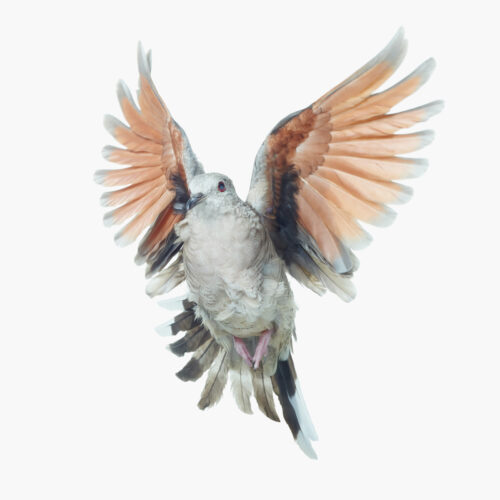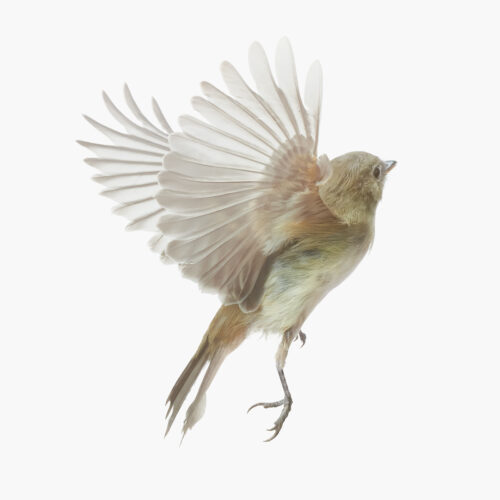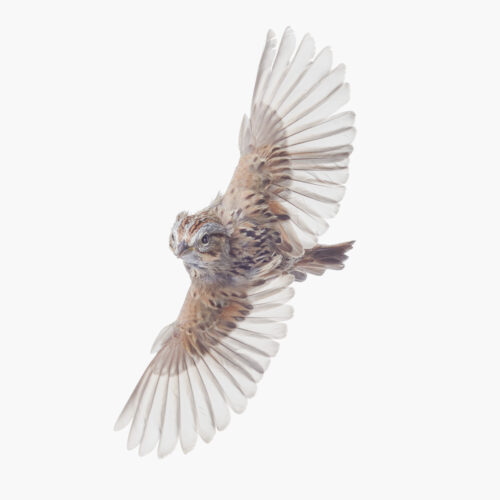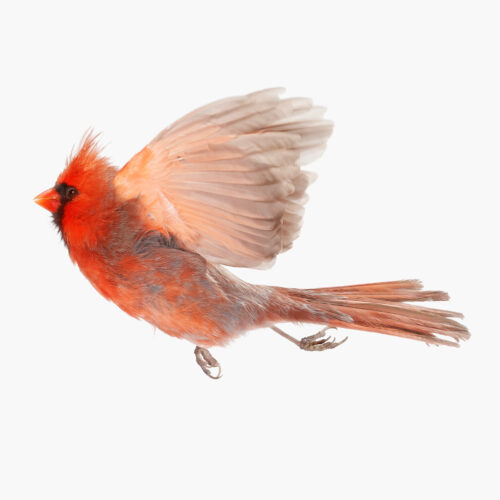“Hard to believe it’s a photograph!” We often hear that. And no wonder. The detail in Wild Birds Flying art prints makes this artwork a source of delight for you and your guests. Art prints, canvas prints, framed prints — there is a range of price and presentation, and so many birds from which to choose. An archival giclée print, a stretched canvas, framed or not — there’s no wrong answer.
-
Red-eyed Vireo_001
$42.00 – $1,080.00In summer, the Red-eyed Vireo resides in forests of the Eastern United States, but heads south to the Amazon basin come autumn. The male can sing his song 20,000 times a day. -
Black-and-white-Warbler_001
$42.00 – $522.00With their striped markings, Black-and-white Warblers are easy to spot — and their early appearance is a sure sign that spring birding has started. They build cup-shaped nests on the ground, and can be aggressive in protecting their territory. -
Cedar Waxwing_001
$42.00 – $522.00Cedar Waxwings — named for the red, waxy tips on their wing feathers — are always up for a dinner party, gathering in large flocks to dine on berries and conversing in high, thin whistles. -
American Goldfinch_002
$42.00 – $1,332.00The American Goldfinch is the state bird of Iowa, New Jersey, and Washington, but you can also find them in weedy fields, forest edges, orchards, and backyards across the continental U.S. and southern Canada. -
Anna’s Hummingbird
$42.00 – $1,332.00Common along the Pacific Coast in all seasons, the Anna’s Hummingbird sports iridescent green feathers and rose-colored throat and crown. The courtship ritual includes the male’s high, swooping dives. -
Baltimore Oriole_001
$42.00 – $1,332.00With its black and orange plumage, the Baltimore Oriole is a real dazzler. Spring breeding grounds extend from central Canada to the eastern U.S. By midsummer, these medium-sized songbirds take off for Florida, Central America, and points south. -
Black-capped Chickadee_003
$42.00 – $1,332.00Black-capped Chickadees are cute, curious, and quick to discover the bird feeder. They are commonly found across the northern half of the continental U.S. and southern half of Canada, and into parts Alaska as well. -
Black-capped Chickadee_006
$42.00 – $1,332.00Black-capped Chickadees are cute, curious, and quick to discover the bird feeder. They are commonly found across the northern half of the continental U.S. and southern half of Canada, and into parts Alaska as well. -
Blue Jay_001
$42.00 – $1,332.00As loud as they are colorful, Blue Jays are considered intelligent and can sometimes be aggressive. Their diet is varied, and they are particularly fond of acorns. -
Blue-throated Hummingbird
$42.00 – $1,332.00Up to 4.7 inches in length, the Blue-throated Hummingbird is the largest hummingbird found north of Mexico. Spot them as far north as southeastern Arizona and southern New Mexico. -
Broad-billed Hummingbird
$42.00 – $1,332.00The Broad-billed Hummingbird’s elongated bill and tongue make it well suited for drinking nectar from flowers or for nabbing flying insects. Typically, this jewel-toned little bird ranges as far north as southeastern Arizona. -
Broad-billed Hummingbird_002
$42.00 – $1,332.00The Broad-billed Hummingbird’s elongated bill and tongue make it well suited for drinking nectar from flowers or for nabbing flying insects. Typically, this jewel-toned little bird ranges as far north as southeastern Arizona. -
Chestnut-sided Warbler_001
$42.00 – $1,332.00With yellow cap and reddish streaks down the sides of its white breast, the Chestnut-sided Warbler looks dressed up and ready to snack on insects. -
Common Grackle_002
$42.00 – $1,332.00Never ones to be labeled picky eaters, the large, dark, iridescent Common Grackles will feast on insects, seeds, berries, nuts, earthworms, corn and other crops — even garbage. And they are a noisy bunch, roosting in very large communal flocks. -
Dark-eyed Junco_002
$42.00 – $1,332.00Abundant across North America, Dark-eyed Juncos are apt to nest and forage on or near the ground. Their white outer tail feathers flash as they take flight. -
Downy Woodpecker_003
$42.00 – $1,332.00The Downy Woodpecker has a fondness for insects and forages not only on tree trunks and branches but also on shrubs and weed stalks. Widespread, this small, black and white bird can be found across most of the U.S. and Canada. -
Gray Catbird_002
$42.00 – $1,332.00The Gray Catbird, like its relative the mockingbird, can copy the sounds of other species. Its own call brings to mind a cat’s meow. -
House Wren
$42.00 – $1,332.00Found from Canada to South America, House Wrens love a pile of brush — which provides cover and, with luck, a menu of insects. This relatively plain brown bird is small with a cheerful song, but it’s not afraid to pick a fight with its much larger neighbors. -
Indigo Bunting_001
$42.00 – $1,332.00The bright blue of the Indigo Bunting breeding male is sure to attract attention. And so does its melodious song. The brownish female sees to homemaking duties, building nests and incubating eggs. -
Least Flycatcher_003
$42.00 – $1,332.00Least Flycatchers feed mainly on insects. Small but feisty, they are territorial and not afraid to let bigger birds know who’s boss. -
Lincoln’s Sparrow
$42.00 – $1,332.00Streaky brown, with a buffy eye-ring, Lincoln’s Sparrows are known to be a bit shy. This medium-sized, insect-eating bird forages near or on the ground — and builds its nest there too. It is named for Thomas Lincoln, who traveled with naturalist John James Audubon on a bird-finding trip to Labrador. -
Lucifer Hummingbird
$42.00 – $1,332.00While the male Lucifer Hummingbird sports a purple throat and long narrow tail, the female complements its green back and head feathers with a buff-colored breast and short tail. Both have the characteristic curved bill. -
Northern Cardinal_001
$42.00 – $1,332.00With its stunning red color, the male Northern Cardinal is a real showstopper, complemented by the female’s red accents on wings, tail, and crest. Find this flashy songbird across the eastern half of the U.S. and Mexico.



